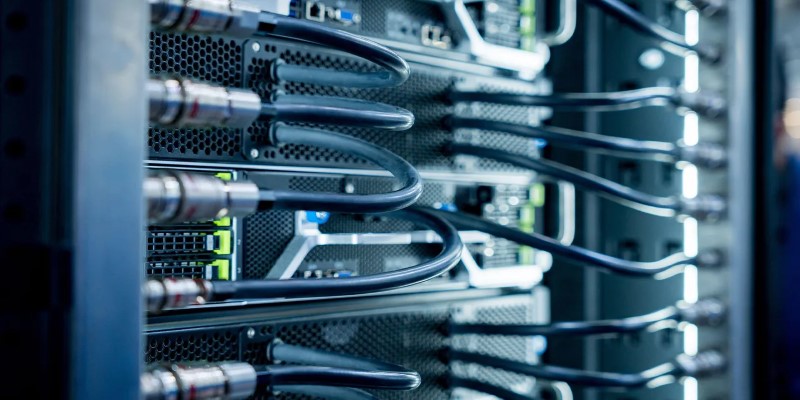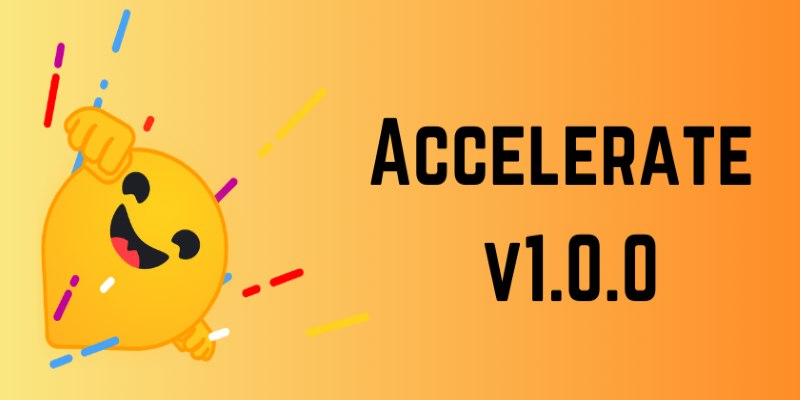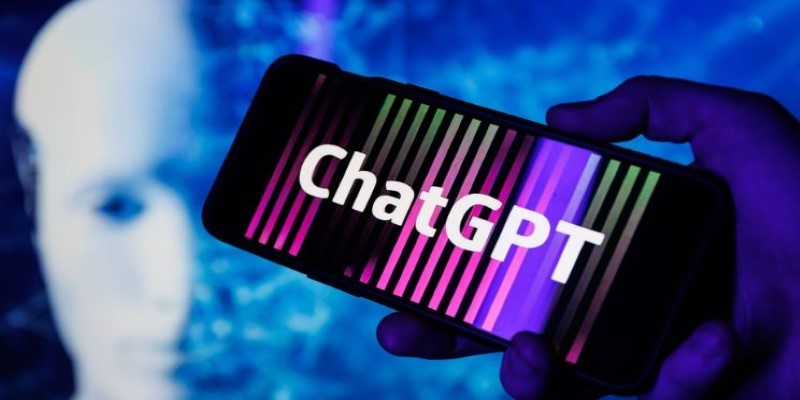Advertisement
Companies are constantly seeking ways to enhance the customer experience without increasing operational expenses. This is where ChatGPT comes in—a language model that leverages AI to perform a multitude of customer service functions, ranging from responding to frequently asked questions to aid in troubleshooting and order tracking. As a small business or a big enterprise, ChatGPT can ensure 24/7 customer support, enhance productivity among your teams, and shorten wait times for customers. But how can you effectively utilize ChatGPT for customer support?

ChatGPT is an OpenAI-created generative AI model. It can respond to user input, provide responses that feel natural, like those of a human, and participate in context-specific conversations. For customer support, ChatGPT is a virtual customer support agent that can be trained or fine-tuned to resolve product-related questions and account issues, as well as guide users through technical problems. It operates through APIs or embedded chat interfaces on your website, application, or CRM platform.
Key Takeaways:
There are countless ways to leverage ChatGPT to enhance your operations. It can handle responses to common questions, help users navigate return policies, assist with account inquiries, and recommend products. Additionally, ChatGPT is great for tracking orders, scheduling appointments, and managing subscriptions. It excels at handling Tier 1 support, allowing human agents to concentrate on more complex issues.
Key Takeaways:
To incorporate ChatGPT into your customer service workflow, you can connect it through OpenAI’s API, use third-party platforms like Intercom, Zendesk, or Freshdesk, or add a chatbot plugin to your website. Integration typically requires creating a script or logic tree to steer the AI’s responses. You can also fine-tune the model with your company’s data to ensure it aligns with your desired accuracy and tone. For optimal results, consider a human-AI collaboration where ChatGPT manages routine inquiries while agents handle escalations.
Key Takeaways:
ChatGPT is a game-changer in customer service. It speeds up response times, is available 24/7, and helps reduce support costs. Imagine being able to handle thousands of inquiries at once—something that even the biggest teams find challenging! Plus, it enhances customer satisfaction by providing quick and helpful answers. For businesses, this translates to improved NPS scores, fewer abandoned tickets, and more time to focus on strategic initiatives.
Key Takeaways:
While ChatGPT is beneficial, it's not without its flaws. Sometimes, it might provide incorrect information or struggle with very specific or sensitive questions. It works best when paired with human agents, who can step in when needed, and it's crucial to have clear protocols for escalation. Businesses also need to consider data privacy, especially when handling sensitive customer information. Regularly monitoring AI performance and training it with real customer data is key to achieving better results.
Key Takeaways:

To ensure consistency and trust, ChatGPT must reflect your company's tone and voice. You can train it using brand-specific instructions, sample conversations, and pre-defined scripts. Utilize tools such as OpenAI's custom GPTs or third-party tools that enable prompt tuning. Establish guidelines for greetings, empathy, and issue escalation to ensure the chatbot's behavior aligns with your customer support values.
Key Takeaways:
The upcoming version of ChatGPT is slated to introduce several exciting features, including voice integration, emotional intelligence, and the ability to predict user needs. Businesses will start using AI to foresee what customers might want based on their browsing habits and previous interactions. With enhancements in memory and personalization, ChatGPT could evolve into a virtual account manager for every customer. We can also look forward to tighter integrations with CRM systems and AI co-pilots that assist live agents.
Key Takeaways:
If you're looking for faster support, fewer tickets, and more satisfied customers, ChatGPT could be a valuable addition to your customer service team. While it can't fully replace the empathy and strategic thinking of a human, it's perfect for handling everyday interactions at scale. With the proper training, integration, and oversight, ChatGPT can become a powerful and cost-effective tool to enhance your support efforts.
Key Takeaways:
Advertisement

What a Director of Machine Learning Insights does, how they shape decisions, and why this role is critical for any business using a machine learning strategy at scale

How Hugging Face Accelerate works with FSDP and DeepSpeed to streamline large-scale model training. Learn the differences, strengths, and real-world use cases of each backend

Is the UK ready for AI’s energy demands? With rising power use, outdated cooling, and grid strain, the pressure on data centers is mounting—and sustainability may be the first casualty

How regularization in machine learning helps prevent overfitting and improves model generalization. Explore techniques like L1, L2, and Elastic Net explained in clear, simple terms

Know how to reduce algorithmic bias in AI systems through ethical design, fair data, transparency, accountability, and more

A company developing AI-powered humanoid robots has raised $350 million to scale production and refine its technology, marking a major step forward in humanoid robotics

Discover 26 interesting ways to use ChatGPT in daily life—from learning new skills and writing better content to planning trips and improving productivity. This guide shows how this AI tool helps simplify tasks, boost creativity, and make your workday easier

Explore how multimodal GenAI is reshaping industries by boosting creativity, speed, and smarter human-machine interaction

Looking for faster, more reliable builds? Accelerate 1.0.0 uses caching to cut compile times and keep outputs consistent across environments

How AI is shaping the 2025 Masters Tournament with IBM’s enhanced features and how Meta’s Llama 4 models are redefining open-source innovation

Thinking about upgrading to ChatGPT Plus? Here's an in-depth look at what the subscription offers, how it compares to the free version, and whether it's worth paying for

What happens when an automaker lets driverless cars loose on public roads? Nissan is testing that out in Japan with its latest AI-powered autonomous driving system